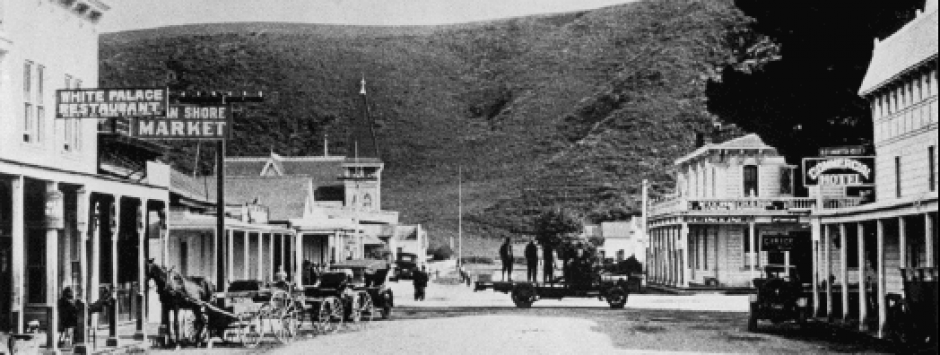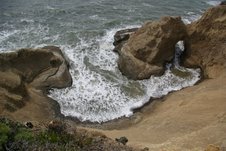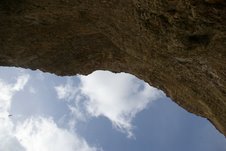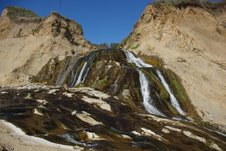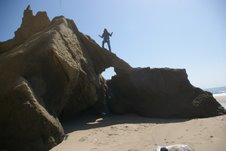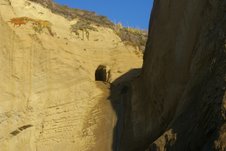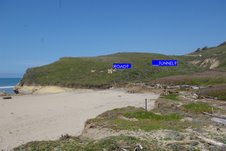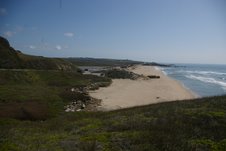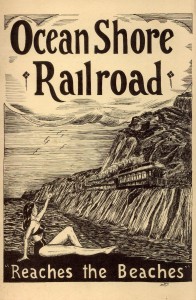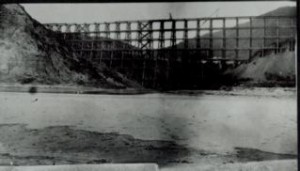“Dropping Into Acid Beach,” Part I
Story & Photos by John Vonderlin
Email John ([email protected])
Hi June
The news yesterday that a young woman fell to her death from a coastal cliff trail above Rodeo Beach, in Marin County, had me vacillating on writing the story about my trips to Acid Beach. Oddly, the freakish story of a woman dying from a redwood branch falling on her in Stern Grove, on the same day, decided the issue for me.
Danger is everywhere and risk lies hidden in all of our actions.
That said, on this expedition risk isn’t hiding. It’s jumping up and down, waving its hands wildly, shouting out your name. There is no trail down the sheer one hundred- foot cliff to the beach. The rock is incredibly crumbly; upon contact it breaks apart, and the pieces that break off look and feel more like shards than rocks.
The icy cold ocean, with its surging surf, waits below to deliver the coup de grace if you should somehow survive the fall.
Your screams for help are not likely to be heard by the very few people I’ve ever seen that stop at the nondescript pull- off above the cove, and bushwack their way through the poison oak to the edge to look down.. There’s no cell phone reception, no nearby public telephone, and any medical care or emergency aid is going to take an eternity to come to your aid.
If that doesn’t dissuade you, please, please, please do not do this alone, as I did my first time last week. Do it with a partner, or like we did my second time, with a “911 duty station officer” (a friend who doesn’t like heights that deserves the lofty title for sitting on the bluff-top and watching your progress below).
Bring a rope too, as the few meager handholds I used to climb back up the first time have fractured further, and look ready to break free, sending you and an unknown quantity of rock falling together in a scene worthy of a Coyote and Roadrunner cartoon, with results nowhere near as funny.
Lastly I’ve attached a picture looking up at the cliff from the beach as a reminder that things falling down and hitting you (including your exploring partners, or rocks they might loosen) pose a danger as relevant as you slipping and falling.
Even with all this in mind, I can still hardly wait until my schedule and the low tides that make exploration of this area easier, coincide, so I can return. I hope when I return to my keyboard for the next part of this story, I can find the words, and select the pictures, that will do justice to this stunning stretch of coast and its natural wonders. Enjoy. John
